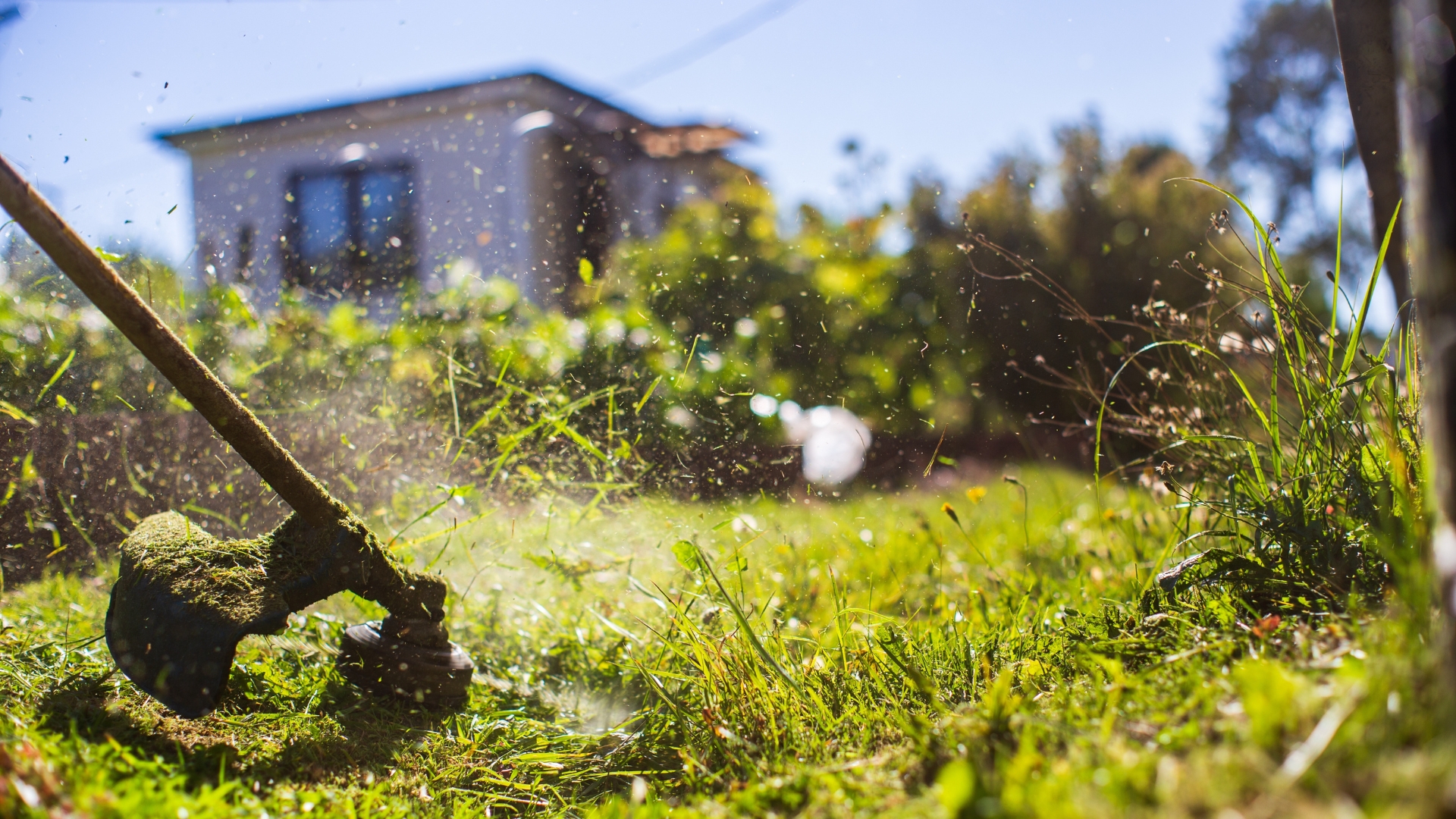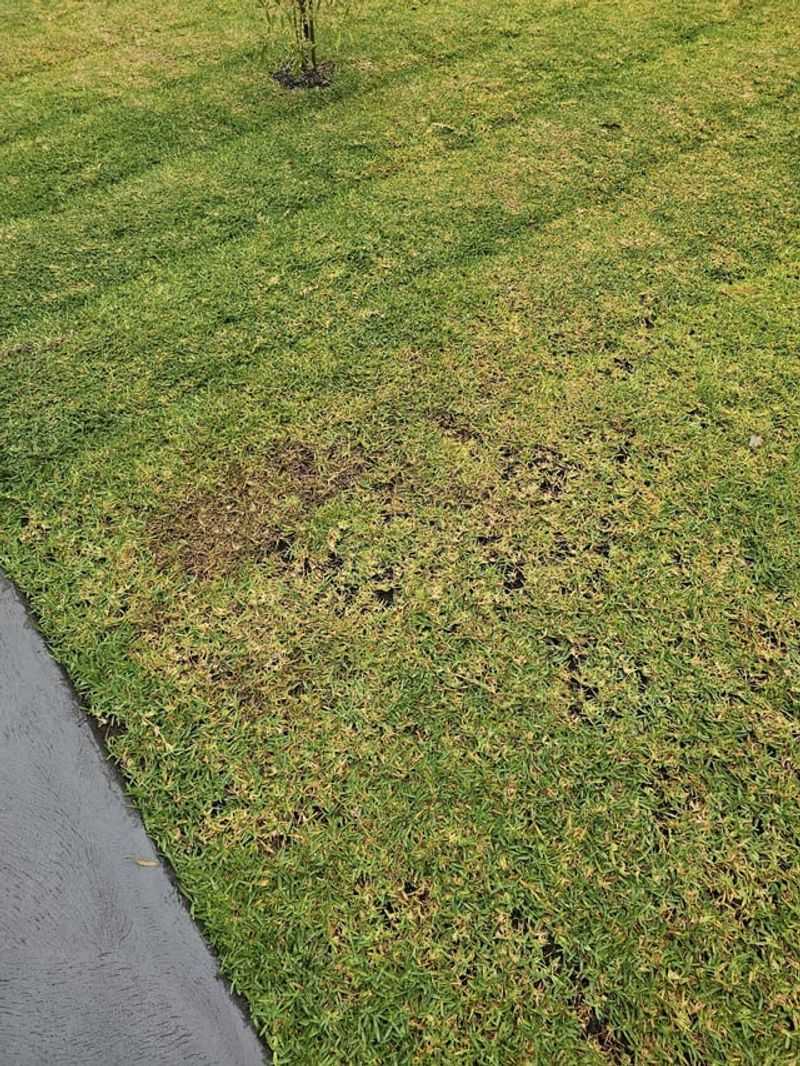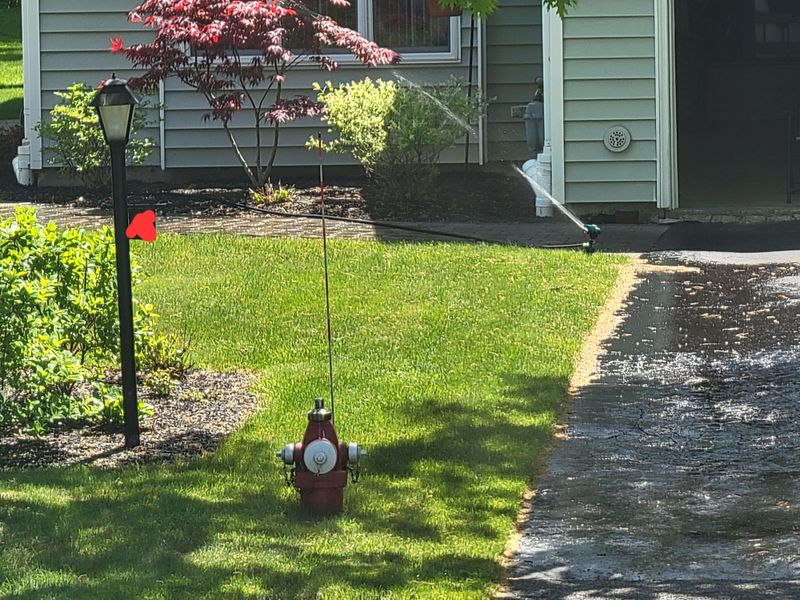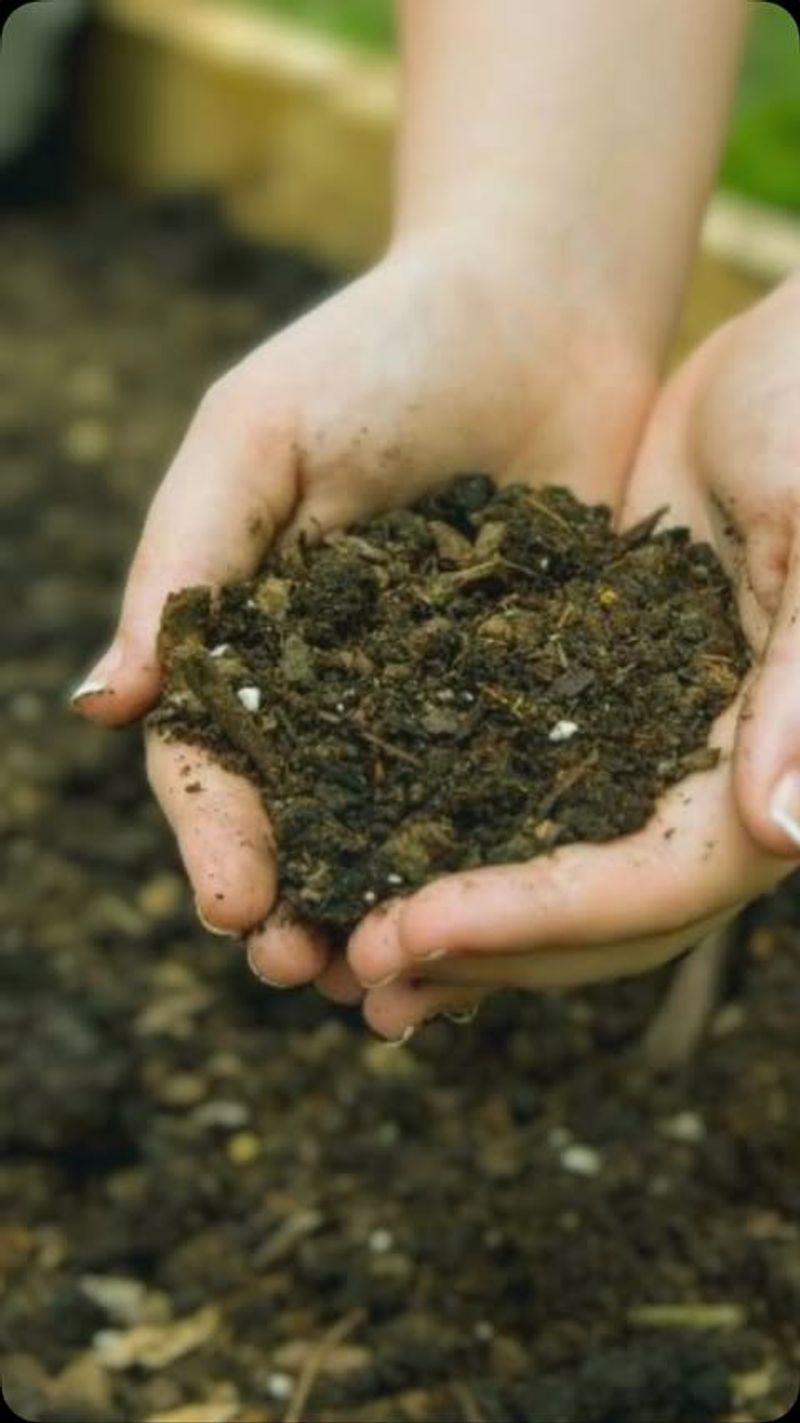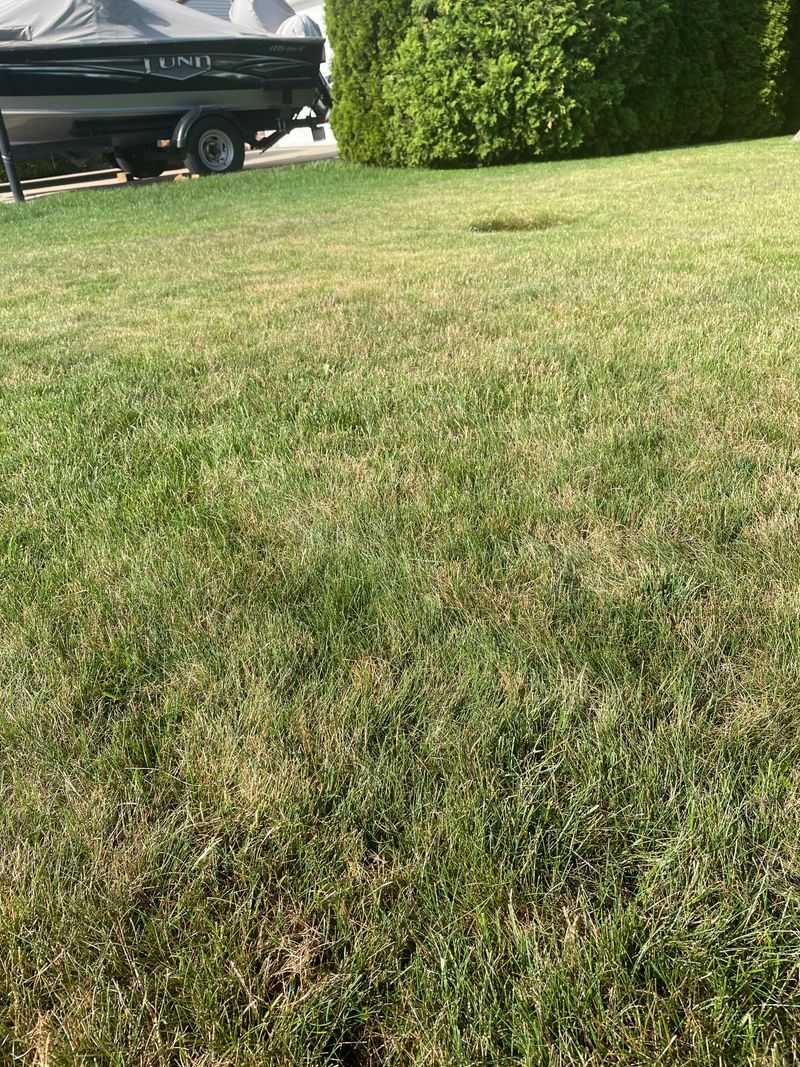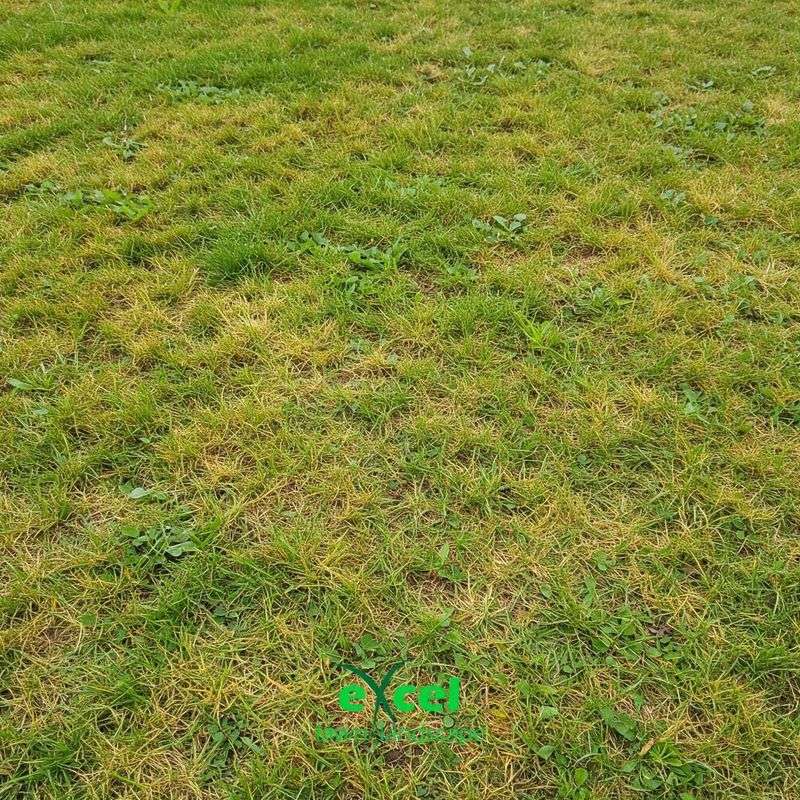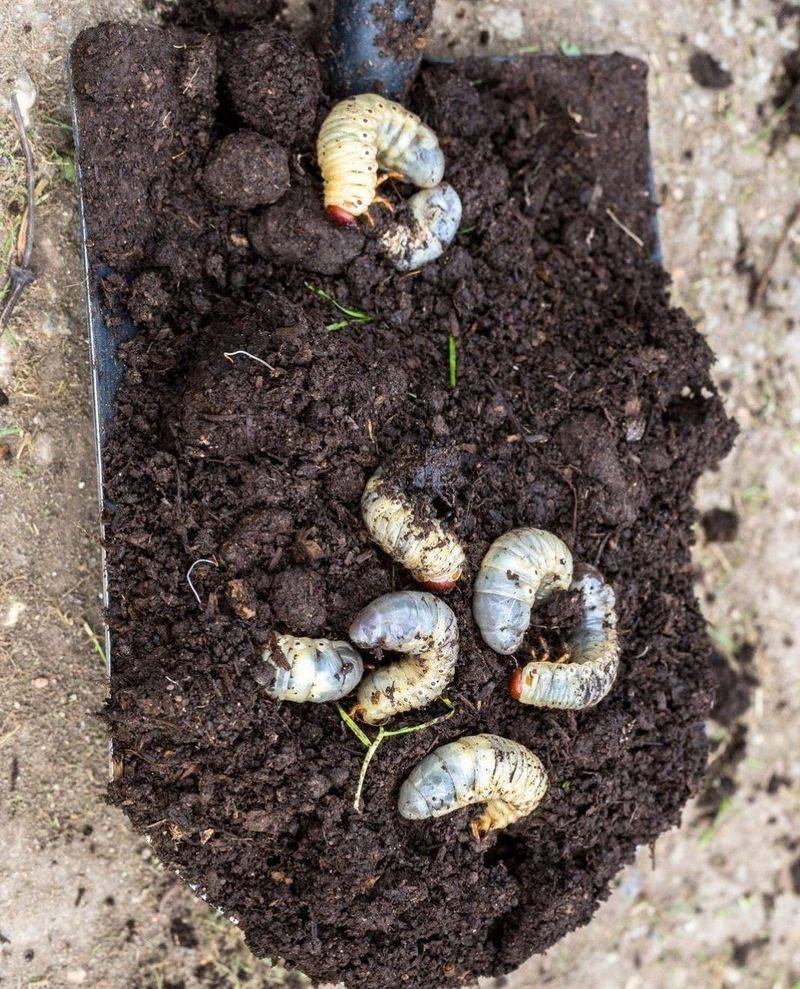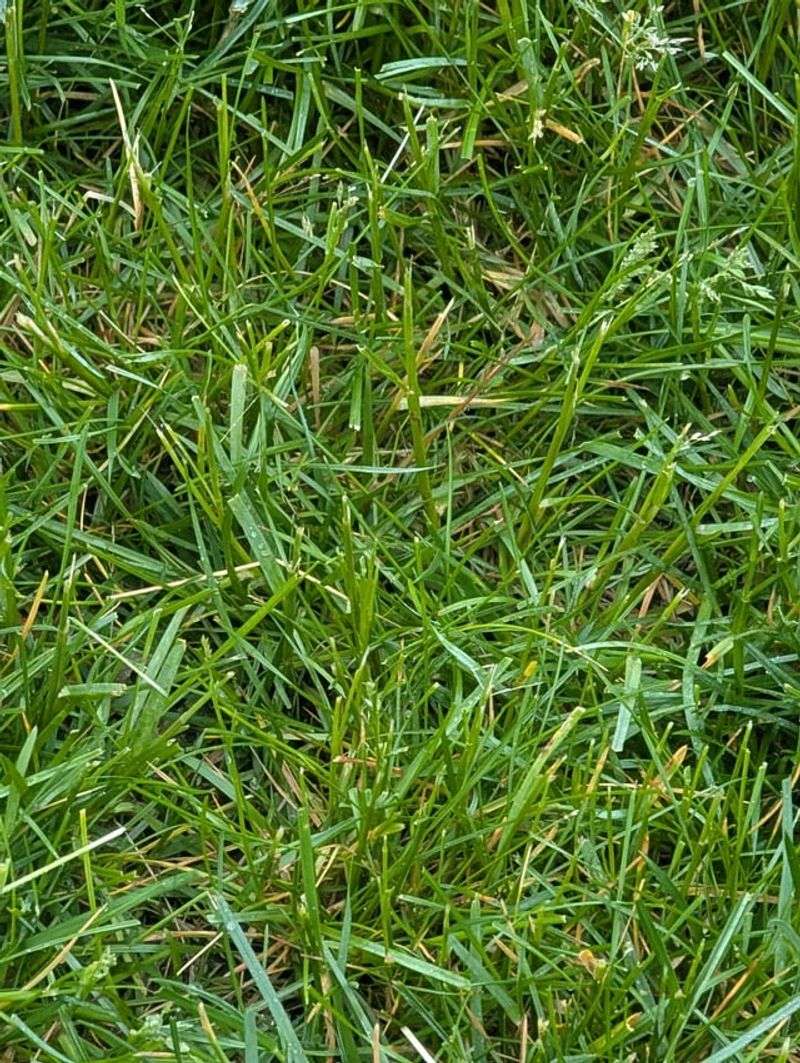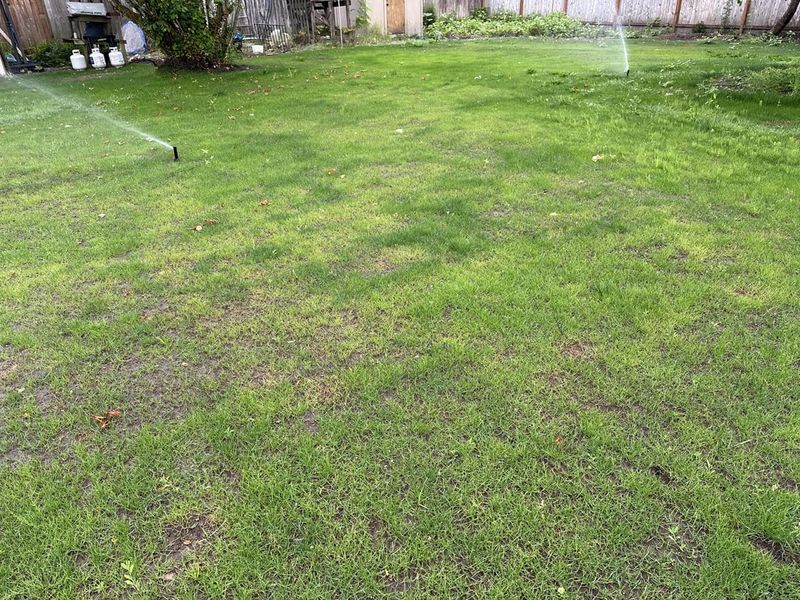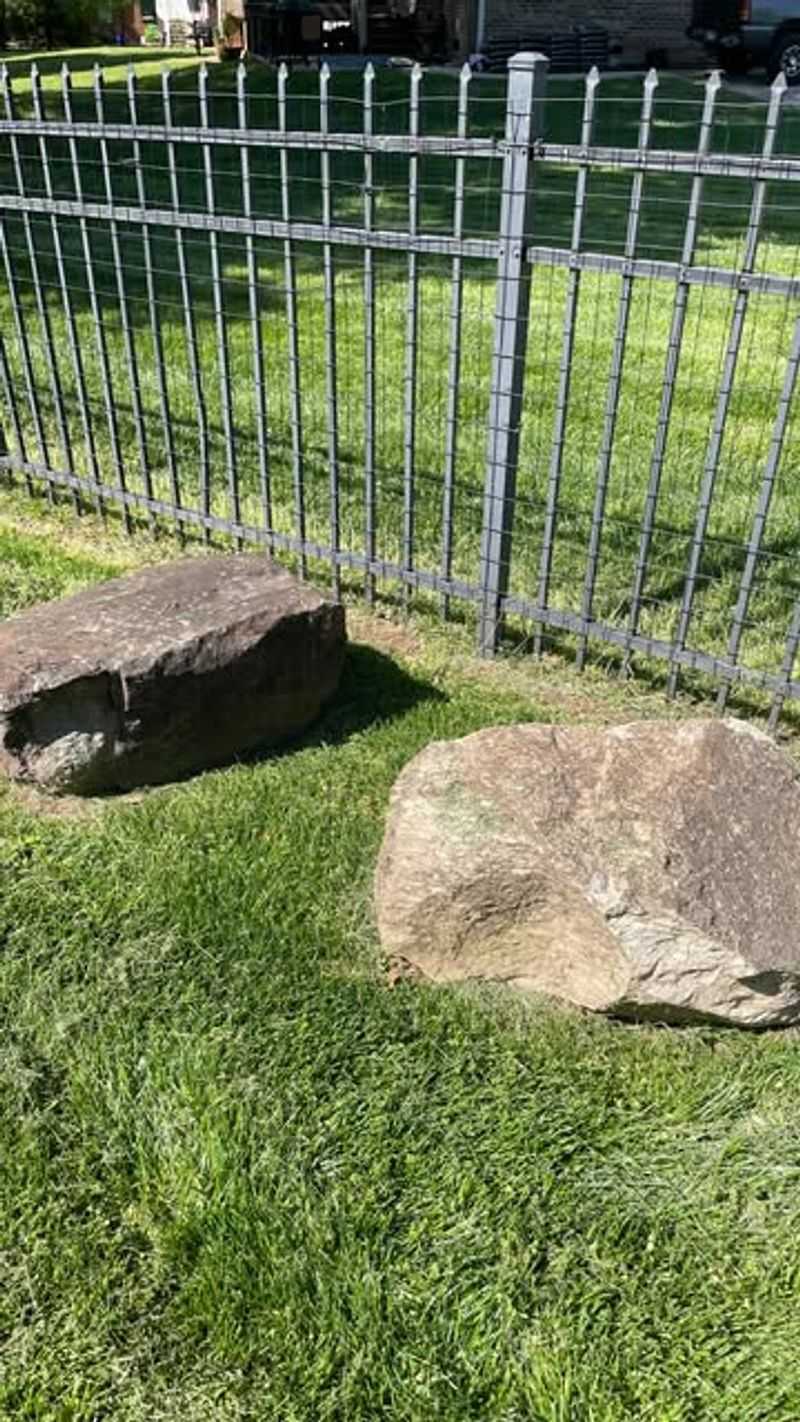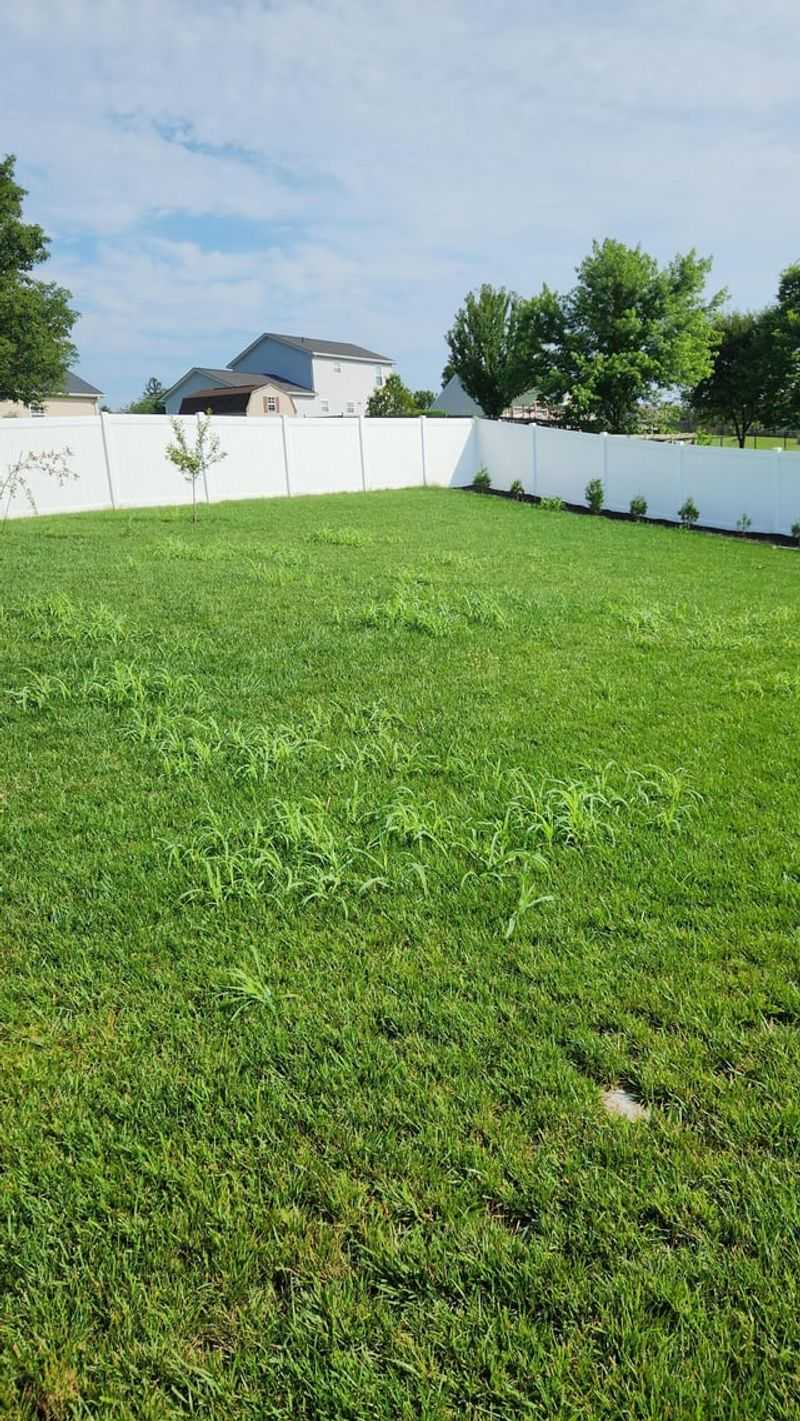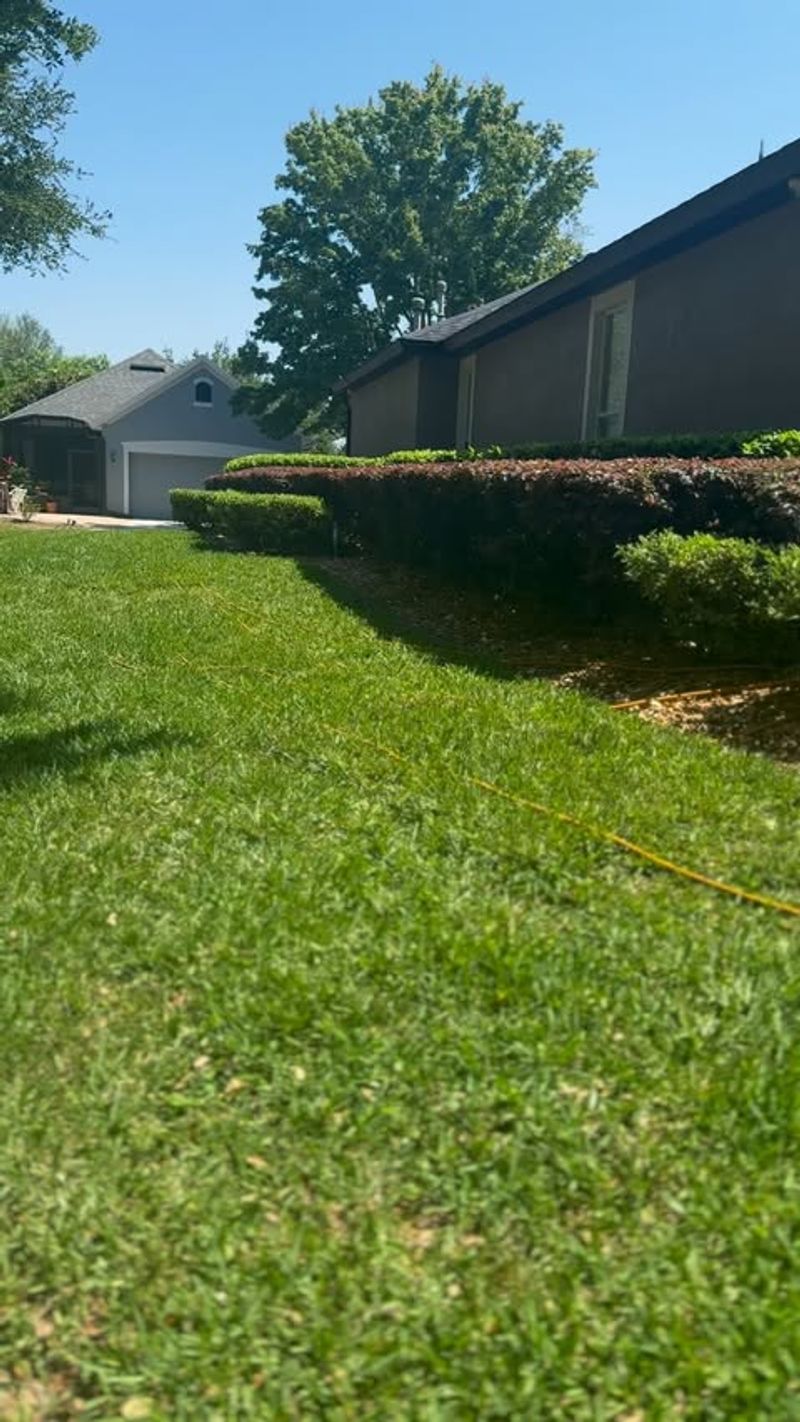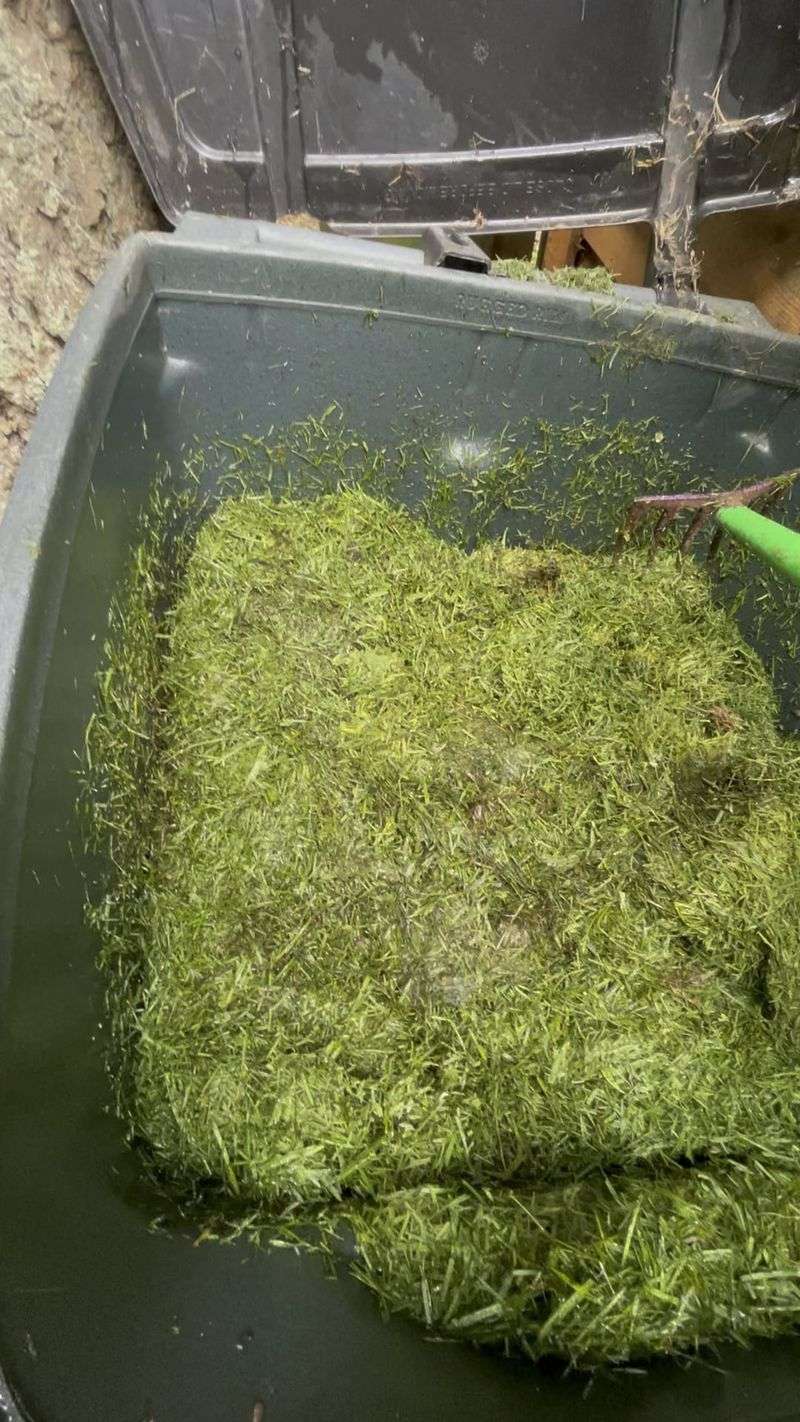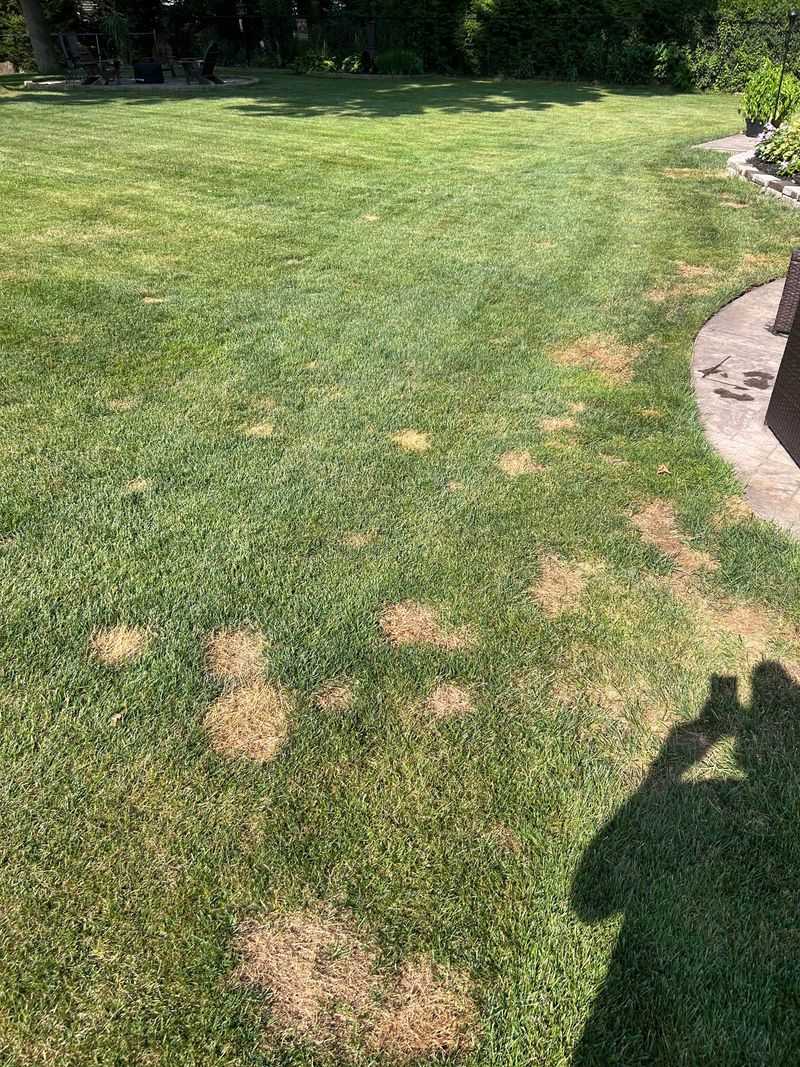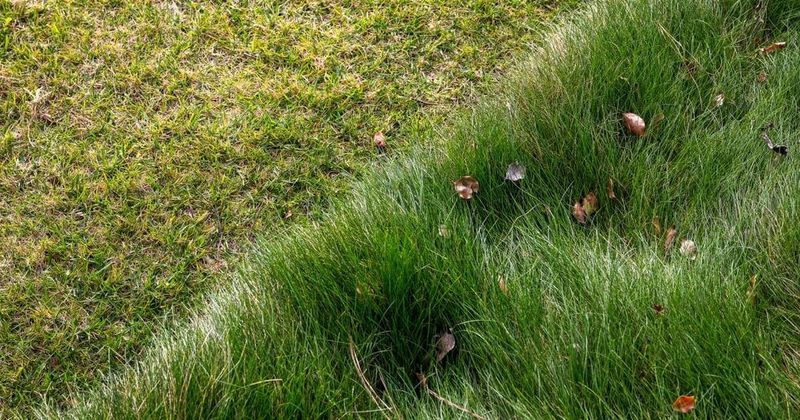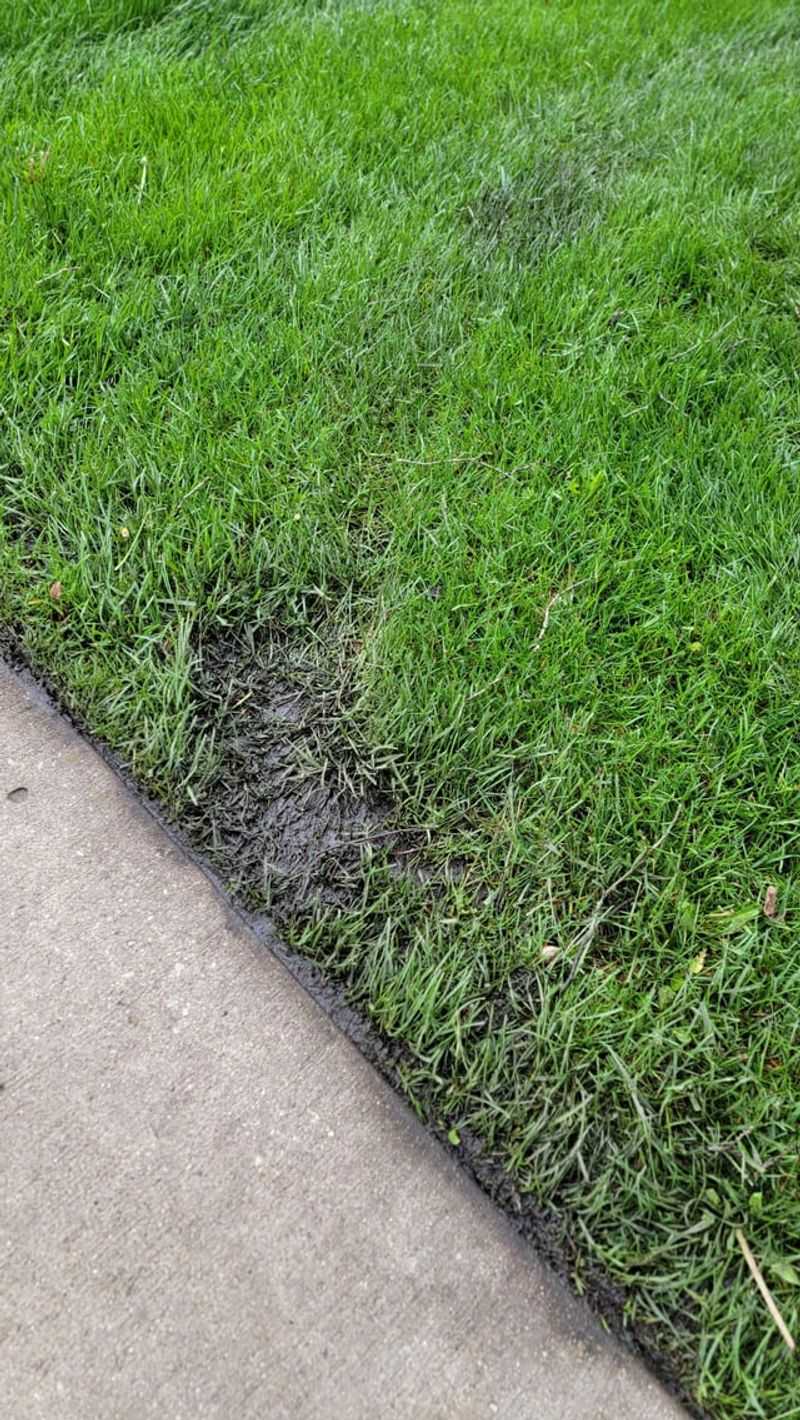Pennsylvania lawns are struggling, and a few common mistakes are to blame. I’ve seen yards that looked perfect one week, then patchy and tired the next—and it usually comes down to these sneaky errors.
If your grass isn’t looking its best, don’t stress, you can fix it. I’ve learned some simple tricks that’ll bring your lawn back to life before fall.
Let’s get that green back where it belongs!
1. Mowing Too Short
Pennsylvania lawns suffer when cut below 3 inches in summer heat. The shorter grass can’t shade soil properly, leading to moisture loss and weed invasion.
Many homeowners across the Keystone State mistakenly think shorter grass means less frequent mowing. Actually, it stresses grass roots and reduces drought resistance when they need it most.
2. Watering at Midday
Sprinklers running at noon waste precious water in Pennsylvania’s hot August days. Most moisture evaporates before reaching roots, leaving your lawn thirsty despite your efforts.
Early morning watering (5-9 AM) allows water to soak in before the sun intensifies. Many PA gardeners have discovered their water bills drop significantly with this simple schedule adjustment.
3. Ignoring Soil Testing
Your Pennsylvania lawn might be starving for specific nutrients while being overwhelmed by others. Without a soil test, you’re basically guessing what your grass needs.
Local extension offices across PA offer affordable testing services. The results reveal exactly what amendments your particular soil requires, preventing wasteful fertilizer applications that harm local watersheds.
4. Improper Fertilizer Timing
Dumping fertilizer on your lawn during August heat waves can burn grass in many Pennsylvania regions. The nutrients can’t be properly absorbed when soil is too dry.
Wait for cooler temperatures and natural rainfall before feeding your lawn. Pennsylvania’s climate usually provides perfect fertilizing conditions by early September when grass actively grows again.
5. Neglecting Thatch Buildup
That spongy layer between grass and soil isn’t just harmless debris. Excessive thatch blocks water, nutrients, and air from reaching roots in Pennsylvania lawns.
Many PA homeowners never check thatch levels until dead patches appear. A simple core aeration in late summer can break through this barrier, helping your lawn breathe again before fall’s growing season.
6. Over-treating for Grubs
Panicking at the first sign of insects leads many Pennsylvania homeowners to drench lawns with harsh chemicals. Most treatments kill beneficial organisms that naturally balance your yard’s ecosystem.
Check first by cutting a small square of turf to count actual grubs. Pennsylvania’s lawns can tolerate 5-10 grubs per square foot without significant damage, making many treatments unnecessary.
7. Ignoring pH Imbalances
Pennsylvania’s naturally acidic soils often need lime applications, but many homeowners never address this fundamental issue. Grass struggles to access nutrients when pH levels fall too low.
A simple pH test from any garden center can reveal this common problem. Many successful PA lawn enthusiasts apply lime every few years as regular maintenance, preventing the yellowing that frustrates their neighbors.
8. Overseeding at Wrong Times
Throwing grass seed on bare patches during August heat wastes both money and effort in Pennsylvania’s climate. Young seedlings simply can’t establish in hot, dry conditions.
Smart PA gardeners wait until late August through September when temperatures moderate. This timing gives new grass several weeks to develop strong roots before winter, resulting in thicker lawns next spring.
9. Compacted Soil Neglect
Years of foot traffic create invisible barriers beneath Pennsylvania lawns. Water runs off instead of soaking in, while roots struggle to expand through densely packed earth.
Renting an aerator for a single afternoon can reverse this damage. Many Pennsylvania homeowners report dramatic lawn improvement after this simple step, especially in older properties where soil has compacted over decades.
10. Weed Treatment Timing Errors
Attacking weeds during Pennsylvania’s hottest days often damages surrounding grass. Herbicides can volatilize in high temperatures, drifting onto desirable plants and causing widespread harm.
Wait for days below 85°F for effective treatment. Many PA lawn experts also recommend spot-treating individual weeds rather than broadcast spraying during sensitive late summer periods when grass is already stressed.
11. Irrigation System Neglect
Sprinkler heads throughout Pennsylvania become misaligned or clogged over time. This creates dry zones where grass slowly dies while other areas become waterlogged and prone to disease.
Take 15 minutes to run each zone while observing spray patterns. Many PA homeowners are shocked to discover their systems have been watering sidewalks and driveways instead of struggling lawn areas.
12. Leaving Grass Clippings
Thick clumps of clippings smother grass underneath in Pennsylvania’s humid late summer conditions. These piles create perfect environments for fungal diseases to develop and spread.
Mow more frequently with a sharp blade to create finer clippings. Many successful PA lawn enthusiasts never bag their clippings, but ensure they’re dispersed evenly to decompose quickly and return nutrients to the soil.
13. Dog Spot Solutions
Those yellow circles throughout Pennsylvania yards aren’t from mysterious lawn diseases. Dog urine contains concentrated nitrogen that burns grass in specific spots while surrounding areas remain green.
Train pets to use designated areas or immediately rinse spots with water. Many PA homeowners have successfully planted more resistant grass varieties in high-traffic pet areas to minimize this common summer lawn problem.
14. Ignoring Native Alternatives
Fighting Pennsylvania’s natural conditions with water-hungry grass varieties creates constant maintenance battles. Traditional lawns often struggle during late summer droughts despite intensive care.
Consider replacing problem areas with native groundcovers. Many PA homeowners have reduced their lawn footprint by 30% or more, creating beautiful, low-maintenance landscapes that thrive without constant intervention.
15. Equipment Maintenance Skipping
Dull mower blades tear grass instead of cutting cleanly, leaving Pennsylvania lawns vulnerable to disease and water loss. The ragged edges turn brown quickly in summer heat.
Sharpening blades twice per season makes a visible difference. Many PA lawn enthusiasts also adjust mower deck height upward during July and August, reducing stress on grass during the most challenging weeks of summer.

